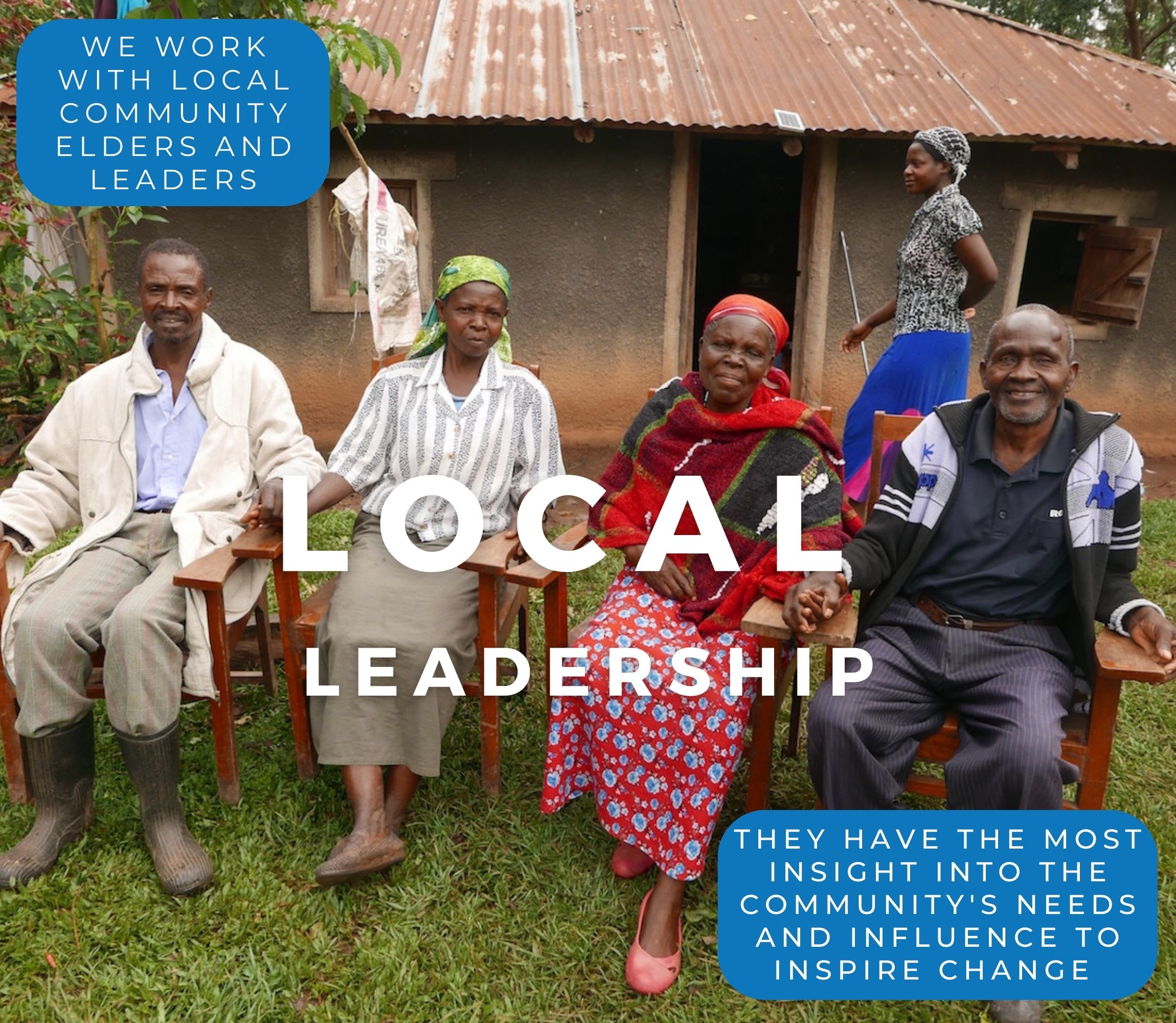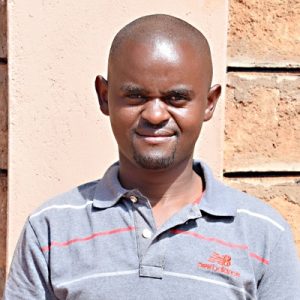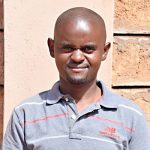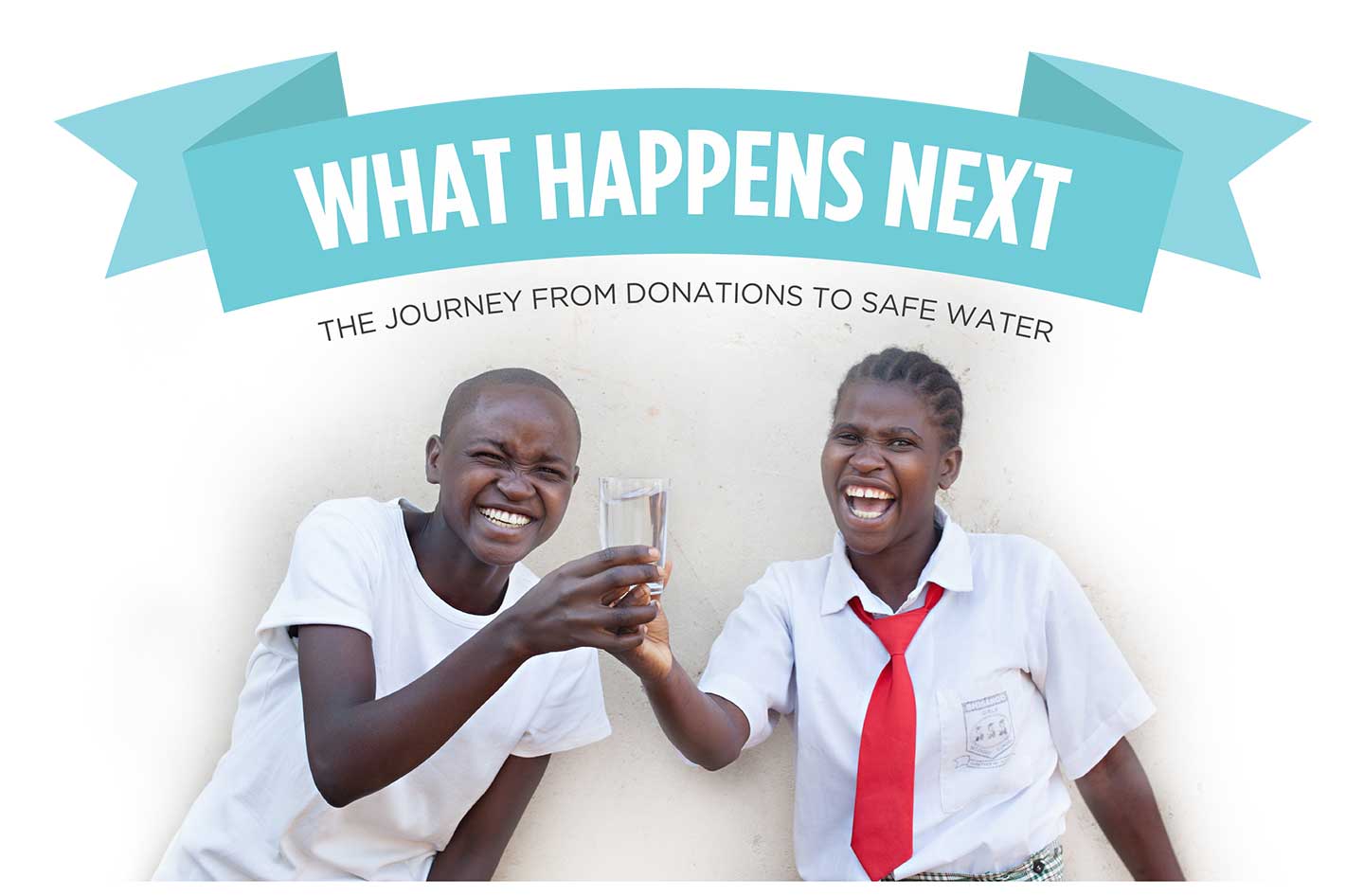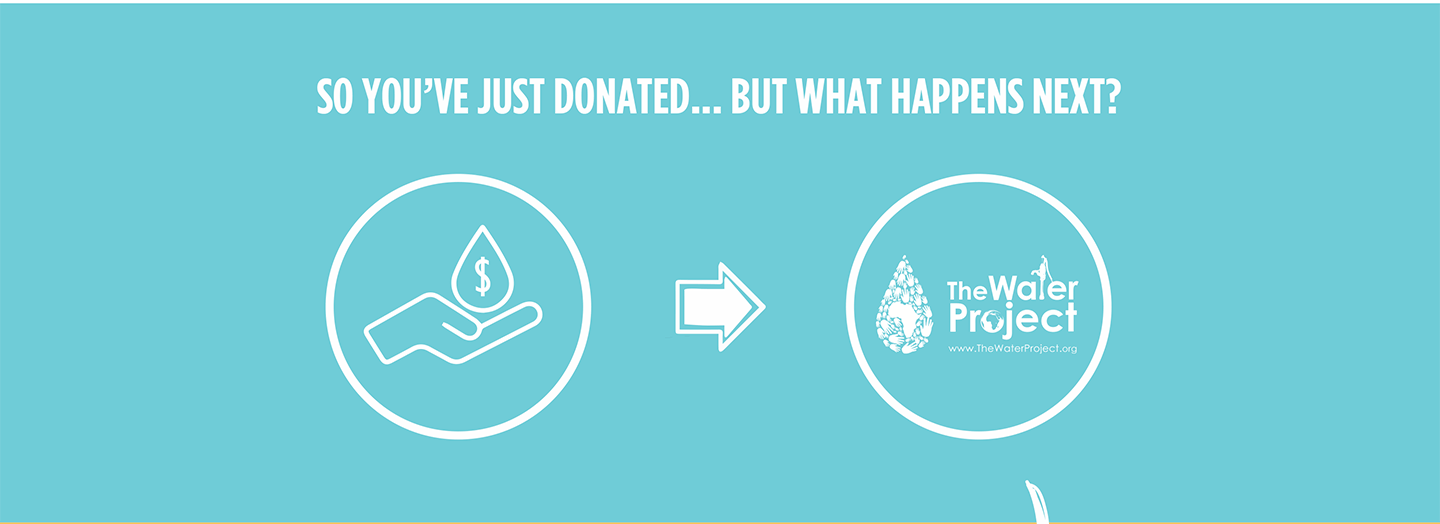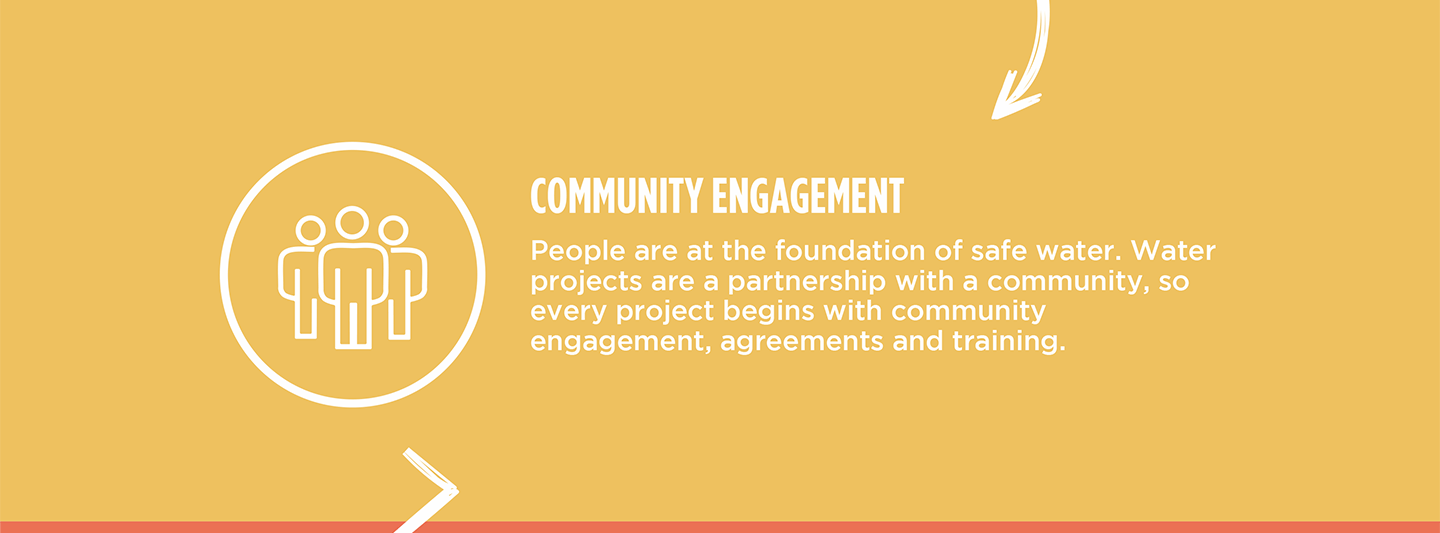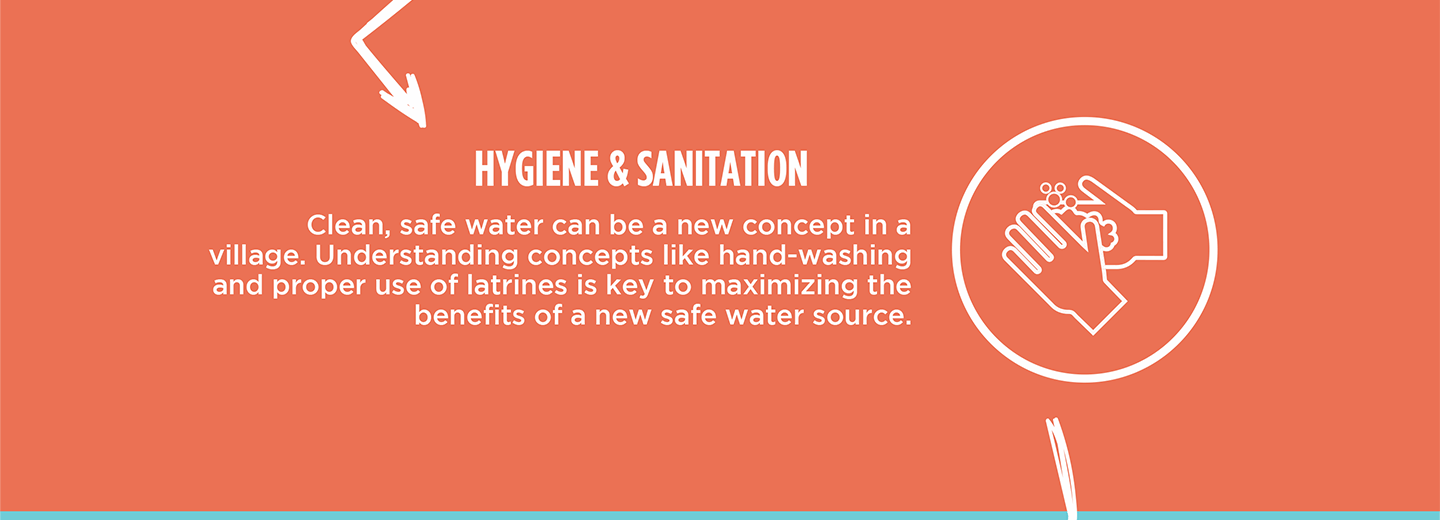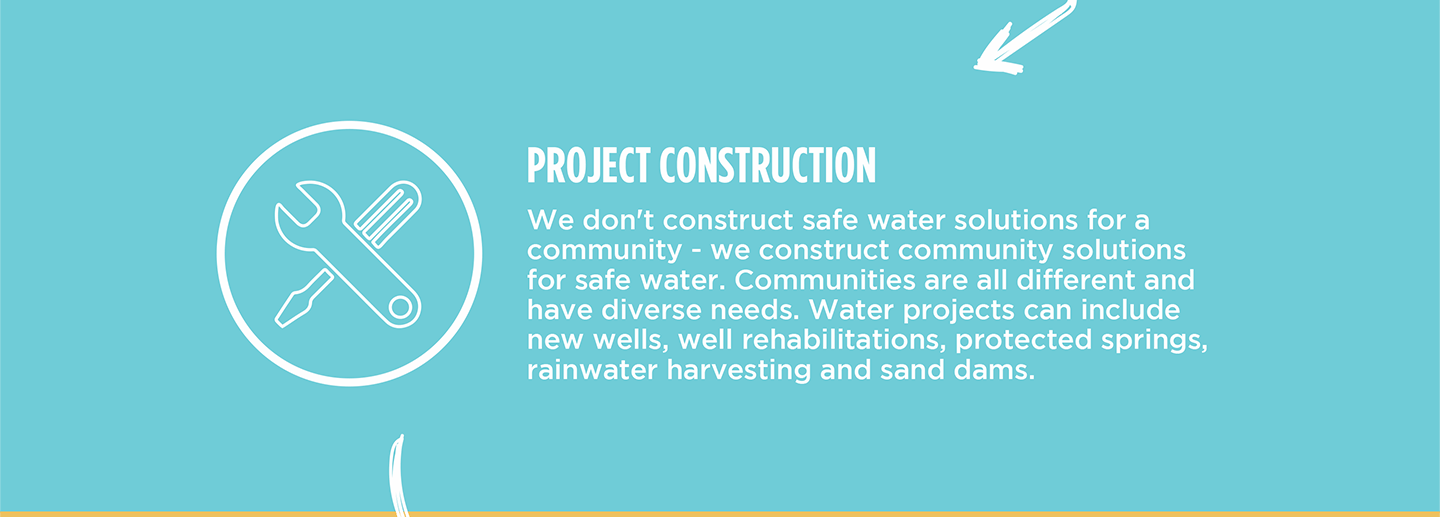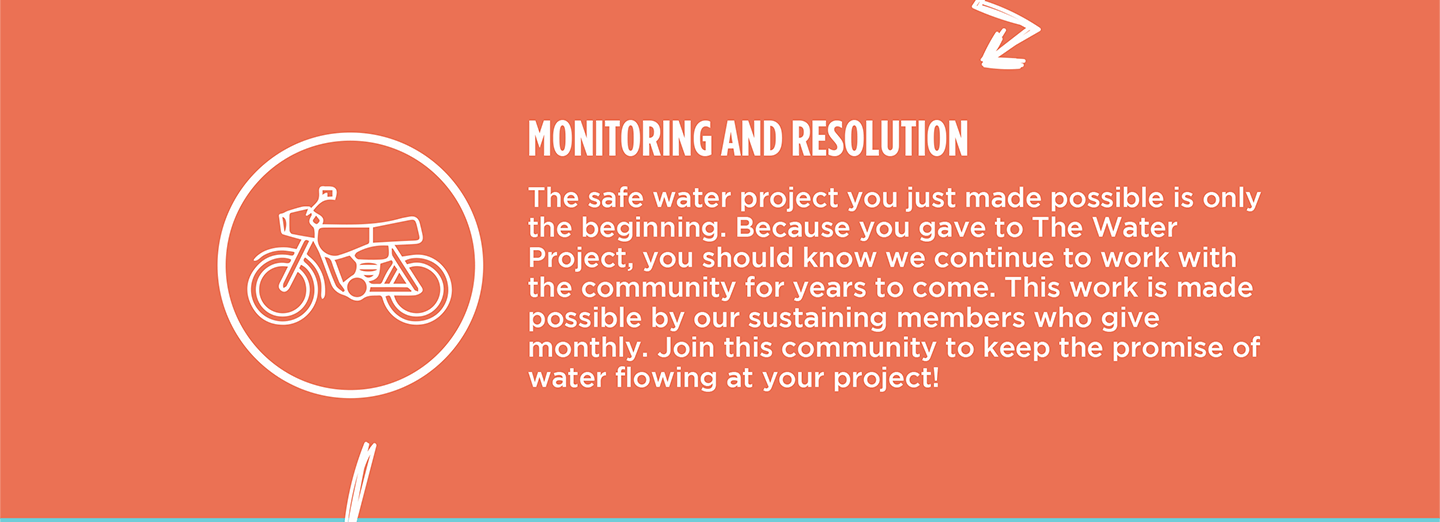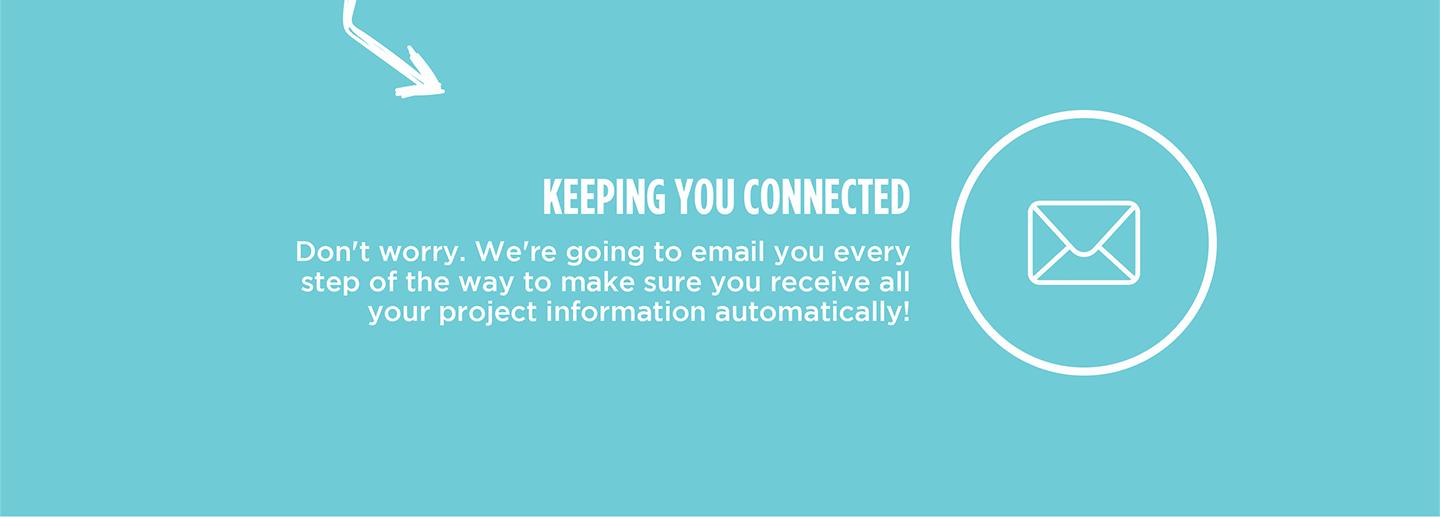The Kasekini area appears a lot more densely populated than the surrounding villages. The region is relatively hilly with partially motorable roads. Like most other parts of Mwingi, the dominant vegetation seems to be the indigenous trees, mostly the thorny acacia. There is a wider range of vegetation at the hillsides.
Most of the people seem to be living below the poverty line, with the village dotted with small homesteads of tiny houses, mainly made of mud or bricks. Yet, there is a feeling of great harmony among the people and a deep sense of hope and optimism as we talk to them.
However, access to water is a significant challenge for the more than 1,900 people here. The area has red loamy soils, which looks very fertile, with a great potential for crop production if only they can have sufficient water supply. During the driest months of the year, the day for most female beneficiaries starts at 4am in search of water.
An unprotected well, located 2km from the village center, is used during the few rainy months of the year. But it runs dry quickly and people must walk further to the nearest river bed found more than 5km away to fetch water from scoop holes. The water in both sources is heavily contaminated by human and animal activities. That exposes community members to the risk of contracting waterborne diseases from drinking the water. The time spent fetching water and the illnesses caused by the drinking it is a drain on this community.
"Water scarcity is a great challenge to us all. Often, we don't have any," Mary Muthangwia said.
"Sometimes, the water we drink causes our illnesses. And for us as women, it really makes our chores a challenge."
Our main entry point into Kasekini Community is the Makasini Self-Help Group, which is comprised of 40 farming households that are working together to address water and food scarcity in their region. With a community of more than 1,900 people, we will work with this group for up to 5 years on projects that will ensure that every person has improved access to a reliable water point. These members will be our hands in feet in both constructing water projects and spreading the message of good hygiene and sanitation to everyone.
What we can do:
Training
We will hold hygiene and sanitation training sessions with Makasini Self-Help Group, which are also open to non-members. These will teach about important hygiene practices and daily habits to establish in the community at the personal and household levels. Taking good care of self and environment will make for a healthy community.
Most households have poor compound hygiene and their general hygiene and sanitation standards are low. In relation to this, they need improvement on compound hygiene, effective water treatment methods, handwashing training, soap making lessons and knowledge of disease transmission routes. The members of this group seem to have little knowledge on hygiene and sanitation. This also exposes them to risks of contracting diseases such as cholera, typhoid, diarrhea and stomachaches.
Hand-Dug Well
This particular hand-dug well is being built adjacent to this group’s ongoing sand dam project (click here to see), which will supply clean drinking water once it rains. We have supplied the group with the tools needed for excavation. With the guidance of our artisans and mechanics, the excavated well will be cased, sealed with a well pad, and then finished with a new AfriDev pump.
Excavation takes a month or more on average, depending on the nature of the rock beneath. Construction of the well lining and installation of the pump takes 12 days maximum. The well will be lined with a concrete wall including perforations so that once it rains, water will filter in from the sand dam.
This well will be located in Mbau Village, and will bring clean water closer to families having to walk long distances for their water.
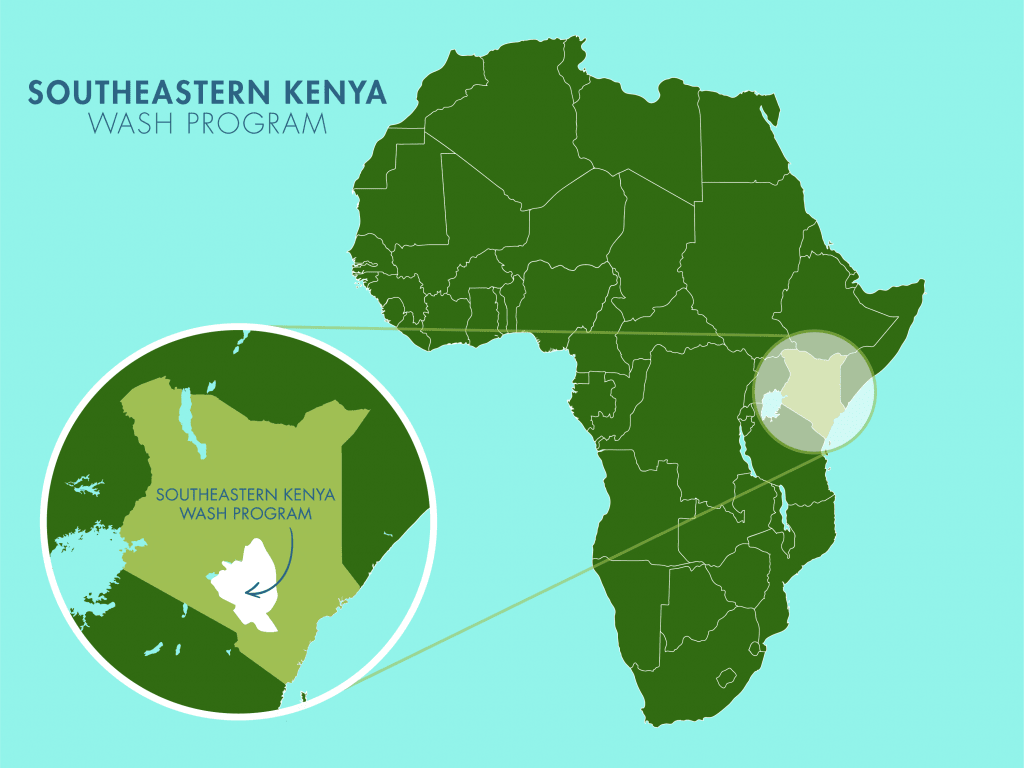
 Protected Dug Well
Protected Dug Well
 Rehabilitation Project
Rehabilitation Project

